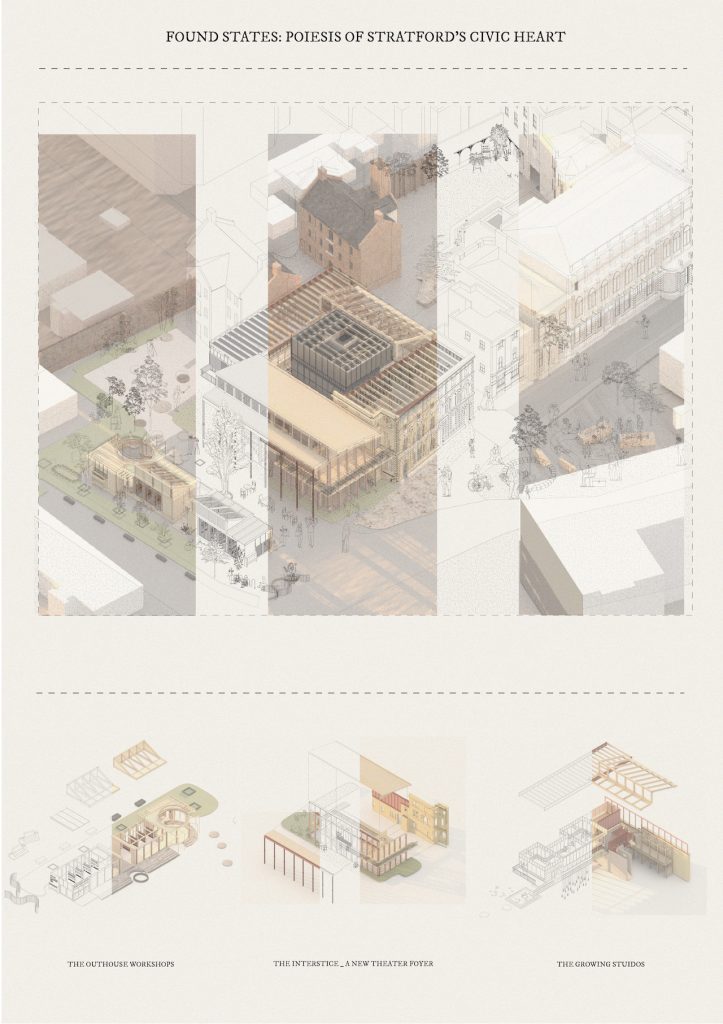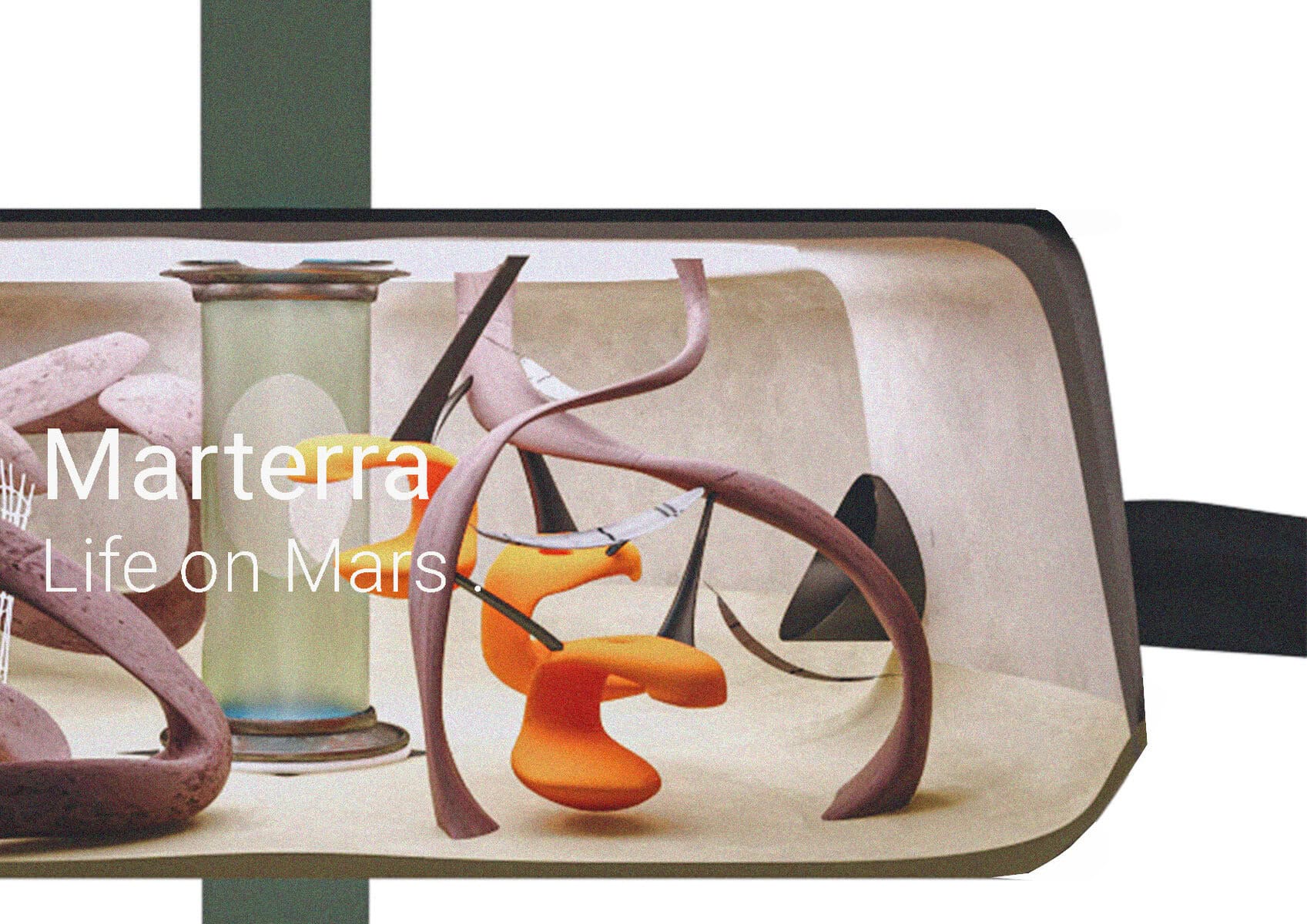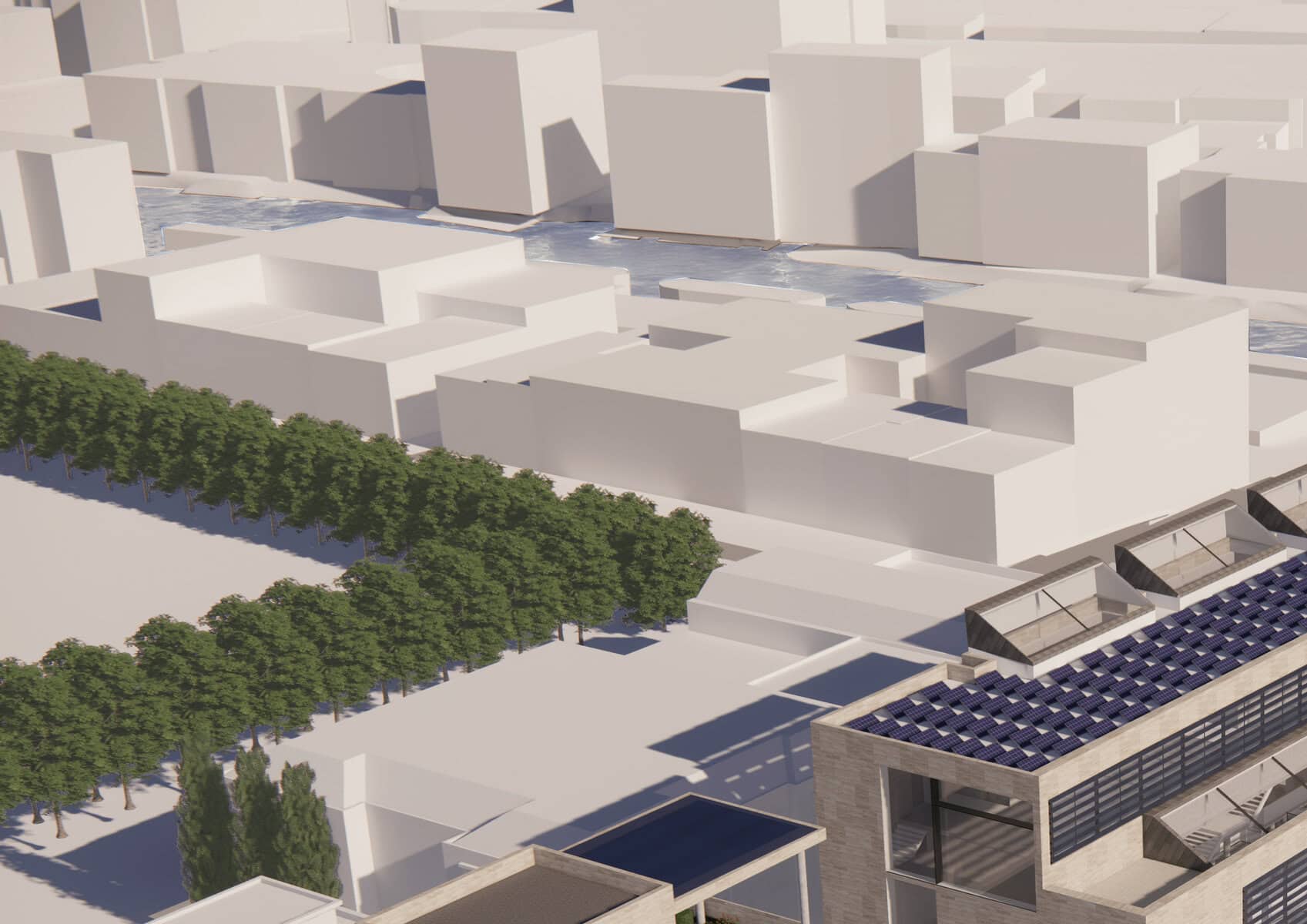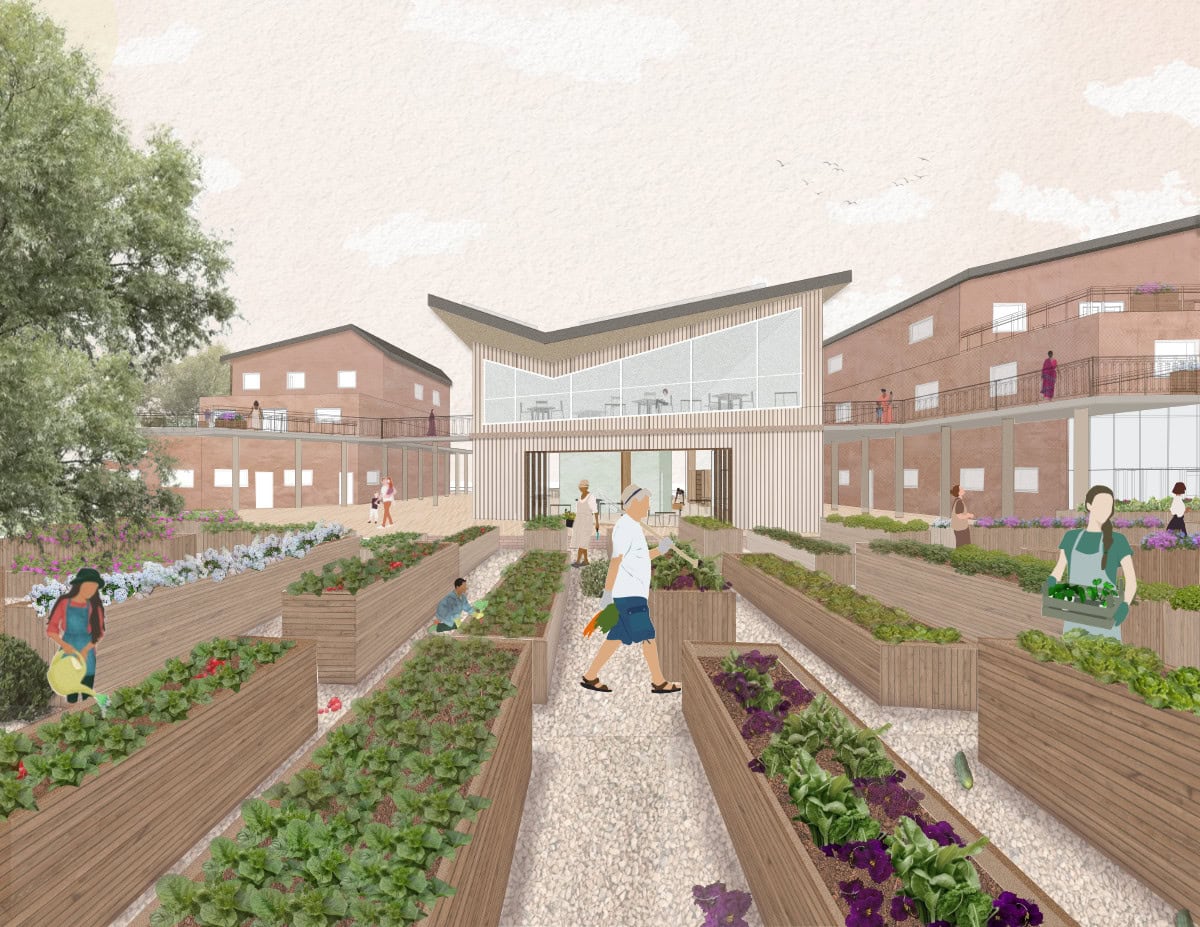Found States: Sanjana Narayanan’s Collaborative Vision for Stratford’s Civic Revival
A New Generation of Design Rethinks Civic Heartlands
In an era marked by rapid urban change and pressing social tensions, the story of Stratford Town Centre is being rewritten—not by high-flying developers or monolithic masterplans, but through the nuanced, empathetic lens of a new generation of designers. Among them is Sanjana Narayanan, a recent Part 1 Architecture Graduate from Central Saint Martins, whose innovative project, ‘Found States: The Poises of Stratford’s Civic Heart,’ delves deep into the complexities and untapped potential of this East London district.
Sanjana is much more than an emerging architectural voice. Her academic pedigree at Central Saint Martins is matched with an artist’s sensitivity, evident both in her rigorous spatial investigations and evocative fine artworks. From her earliest student projects to her latest explorations, Sanjana has demonstrated not only design talent but also a grounded, passionate interest in how built environments reflect—and can reshape—the socio-political narratives of urban life.
Beyond Tabula Rasa: Embracing Stratford’s Tabula Plena
At the heart of Sanjana’s design philosophy for Stratford is the Latin concept of tabula plena: a canvas already rich in marks and meanings, rather than the archetypal architect’s “blank slate.” Instead of sweeping away layers of history, memory, and grassroots activity, ‘Found States’ advocates for an architecture of curation—where the role of the designer is to assemble, stitch together, and strategically amplify existing assets.
This manifests most powerfully in Stratford’s municipal precinct, where the listed buildings stand not as inert relics but as possible catalysts for communal renaissance. In rejecting the top-down impulse so often found in regeneration schemes, Sanjana’s approach champions participatory processes. It is an urbanism of listening, not dictating—one sensitive to the lived diversity and vibrant creative practices that already make Stratford unique.
Civic Space as Collaboration: People, Politics, and Retrofit
Stratford’s story is hardly straightforward. For decades, the conversation around the town centre has been shaped by Big Capital: Olympic legacies, retail mega-developments, and the ever-present pressure of rising land value. ‘Found States’ seeks to rebalance this narrative, foregrounding a slower, more dialogical mode of change that prizes civic enfranchisement.
Working in strategic collaboration with Newham Council and the Creative Land Trust, Sanjana’s project proposes a civic hub embedded within the tissue of Stratford’s historic buildings. Here, “access and retrofit” are not just technical challenges to be solved, but ongoing social negotiations—raising vital questions about who gets to shape and share in Stratford’s future.
Indeed, the project recognises the tensions inherent in preserving heritage while opening spaces to wider publics, resisting easy solutions and instead proposing a fluid framework. Through thoughtful spatial interventions, historic structures become not monuments, but living stages for everyday life and communal creativity.
GROW Studios and the Power of Artist-Led Revitalisation
Perhaps most radical in ‘Found States’ is its commitment to grounding regeneration in the existing creativity of local networks. The partnership with GROW Studios at Alice Billings House is a case in point. Rather than parachuting in new programmes, the proposal coordinates with GROW and allied collectives to seed a bottom-up revitalisation—one that places artists, designers, and local communities at the helm.
This strategy builds on Stratford’s latent energy, providing physical spaces and shared infrastructure where project incubators, exhibitions, and performative events can flourish. The result is a dynamic, ever-evolving civic core, reflecting the unique character of Stratford without erasing or displacing the fragile ecologies that make the area what it is.
By leveraging the operational knowledge of creative practitioners, ‘Found States’ lays out a toolkit for resilience. It is a blueprint that other London districts, facing parallel pressures, would do well to study.
Recognition, Reflection, and Continuing the Conversation
Sanjana’s project has already garnered interest not just within academia, but from wider urban and policy circles. It aligns clearly with Newham Council’s evolving vision for Stratford as a destination of civic and cultural significance and supports the Creative Land Trust’s mission to embed affordable creative workspaces at the heart of London.
But for Sanjana, the work does not end with the drawing or the site visit. As a fine artist, she continually seeks new avenues to ground her practice, exploring the boundaries between architectural intervention and lived experience. Her process is marked by a commitment to ongoing dialogue—with communities, practitioners, and institutional stakeholders—ensuring her designs remain responsive, inclusive, and genuinely transformative.
Connect and Engage: Opening Doors, Building Networks
For those wishing to explore ‘Found States: The Poises of Stratford’s Civic Heart’ in depth, Sanjana invites you to view her full design project here. Architects, urbanists, civic leaders, and artists alike will find inspiration in her thoughtful, practical vision for civic spaces shaped from the ground up.
Sanjana welcomes dialogue and collaborative opportunities, whether within the context of spatial design, urban policy, or cross-disciplinary creative work. Connect with her on LinkedIn or reach out directly via email at sanju.n@icloud.com to continue the conversation.
With ‘Found States,’ Sanjana Narayanan charts a course for a new kind of civic architecture in London—one that rises not from so-called empty grounds, but from the lively, intricate, already-thriving states of the city itself.







Add a comment